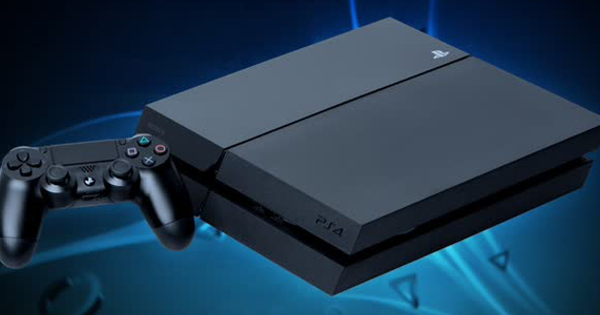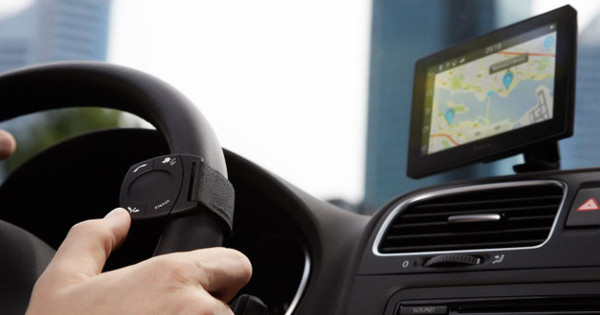Backing up private data on your Windows PC isn't exactly the most fun job, but it should be done regularly. It is therefore best to set up automatic backups. By writing the backups to a NAS, you opt for extra security. How do you configure your NAS as a backup server?
As a Windows user, you can choose from various options to automatically save backups to your NAS. Unlike some predecessors, every edition of Windows 10 can back up to a NAS. Also read: The 19 Best NAS Devices You Can Buy.
In addition, many NAS manufacturers also provide suitable programs for Windows to do this job. Synology NAS owners rely on Cloud Station, while QNAP has developed NetBak Replicator and Qsync applications. In this basic course we will discuss the various programs with which you can set up a NAS as a backup server for your Windows PC.
Part 1 Backup on any NAS
01 Windows Backup
With earlier Windows versions it is not always possible to save backups to a network location. For example, with Windows 7 Starter and Home Premium, this function is not baked in by default. Fortunately, Microsoft also realizes that more and more individuals are using a NAS. With Windows 10 you can work with all editions. Turn on your NAS and, if necessary, create a shared folder where you want to store the backup. Navigate on your PC to Home / Settings / Update & Security / Backup and click Add a station. Windows now shows a number of network locations. Is the desired destination folder not yet displayed? Then click View all network locations and point to the correct folder.
02 Personal files
Once you have selected the correct network folder, activate the slider under the option Automatically back up my files. Of course, you decide which data you want to back up and when you want to perform this task. Click on More options. By default, Windows 10 writes copies to your NAS every hour. You can easily adjust the frequency, for example setting that you want to make a copy of your personal files every ten minutes or once a day.
You can also set how long you want to keep the data on the NAS. For the storage of personal files is the option Forever obvious. Scroll down a bit to see which source folders belong to the backup by default. You may not want to keep everything. In that case, click on a folder and choose remove. Through Add a folder designate all file locations that you want to include in the backup. You can also exclude folders if you want. Handy in case you don't want to copy the contents of a subfolder to your NAS, for example. click on Back up now if you want to run the task right away.
RAID
Are you using a NAS with two or more disks? You can then easily protect your files against data loss. The RAID (Redundant Array of Independent Disks) technique stores copies of all data across multiple disks. RAID itself is not a backup, because it concerns a copy on the same device. The big advantage is that you don't have to copy all your data to the NAS again after a disk crash. If a hard drive fails, all data is still on the remaining drive or drives. For example, with a NAS with two disks, mirrored storage takes place by means of RAID1, where the second hard disk is an exact copy of the first. The disadvantage of this method is that less storage capacity is available, with RAID1 only half. You can easily activate RAID while creating a volume on your NAS.
Part 2 Backup on Synology NAS
03 Synology Cloud Station
Windows 10's automatic backup feature is very simple and, moreover, only suitable for one-way traffic. Synology NAS users who want more options are advised to use Synology's own backup program Cloud Station. Log in to your NAS and go to Package Center / Backup. Choose at Cloud Station in front of to install. Before you start using the backup tool, you must first activate a setting. Navigate to Control Panel / User / Advanced and activate the option Enable User Home Service. Confirm with To apply. Then open the Cloud Station app from the main menu and click Resume Cloud Station.
04 Choose target location
Before setting up a backup job on your Windows PC, it is first necessary to configure Cloud Station on your NAS. Through rights determine which users are authorized to use Cloud Station. You check the correct accounts for this and then confirm with Save. Then set the target location on your NAS. We hereby assume that you Control Panel / Shared Folder have already created a target location with read and write permissions for the correct user account.
In Cloud Station, go to Institutions and select the desired folder. After a click on Switch the backup shared folder is available. Your Synology NAS remembers multiple versions of a file. This is useful, for example, when you want to retrieve an old version of a document or edited photo. Creating a version history, on the other hand, does cost a lot of extra disk space. By default, Cloud Station saves the last 32 versions of every file, but you can reduce that. Open the tab Others and put behind Maximum number of versions the desired value. Then confirm with To apply.
Exceptions
With a user sync profile you can easily exclude certain files from the backup. This is useful, for example, if you only want to back up photos from your PC and not so much documents, videos and other files. Open Cloud Station on your NAS and go to Settings / User Sync Profiles. Through To make a new dialog box opens.
Name the sync profile and set the targeted filters. For example, you choose a maximum file size and uncheck the media types you don't want to back up. You can also choose to include specific file extensions in the backup. Go to the tab Applied user and select the correct user account. Finally click twice on To apply.
05 Connect Windows Client
Now that Cloud Station is installed and configured on the Synology NAS, you need another client for Windows. You open a download link for this from the Cloud Station app. click on Overview and get via Download / Download Cloud Station for Windows the required installation file. After completing the installation wizard, open Synology Cloud Station on the PC. Through Start now click the magnifying glass icon to connect to your NAS. Then enter the username and password. If you want a secure connection, put a check in front of Enable SSL data transfer encryption. click on Next one. Does the connection fail? Remove the word DiskStation after the IP address or create a QuickConnect ID (see box).
QuickConnect ID
Sometimes the Synology client software on your PC has trouble connecting to the NAS. One possible solution is to set up a QuickConnect ID. The advantage of this is that instead of an IP address, you connect to your NAS using a unique identification code. This also allows you to access the network device outside the home. Open the Control Panel and click on the item Connectivity on QuickConnect. You then put a checkmark in front of it Enable QuickConnect and create a Synology account if necessary. Agree to the privacy policy and click OK. You will receive an email with an activation link that you need to click. After you create an account, make up a QuickConnect ID. Accept the conditions and finally click on To apply. Then use the newly created access code to log in to Cloud Station.

